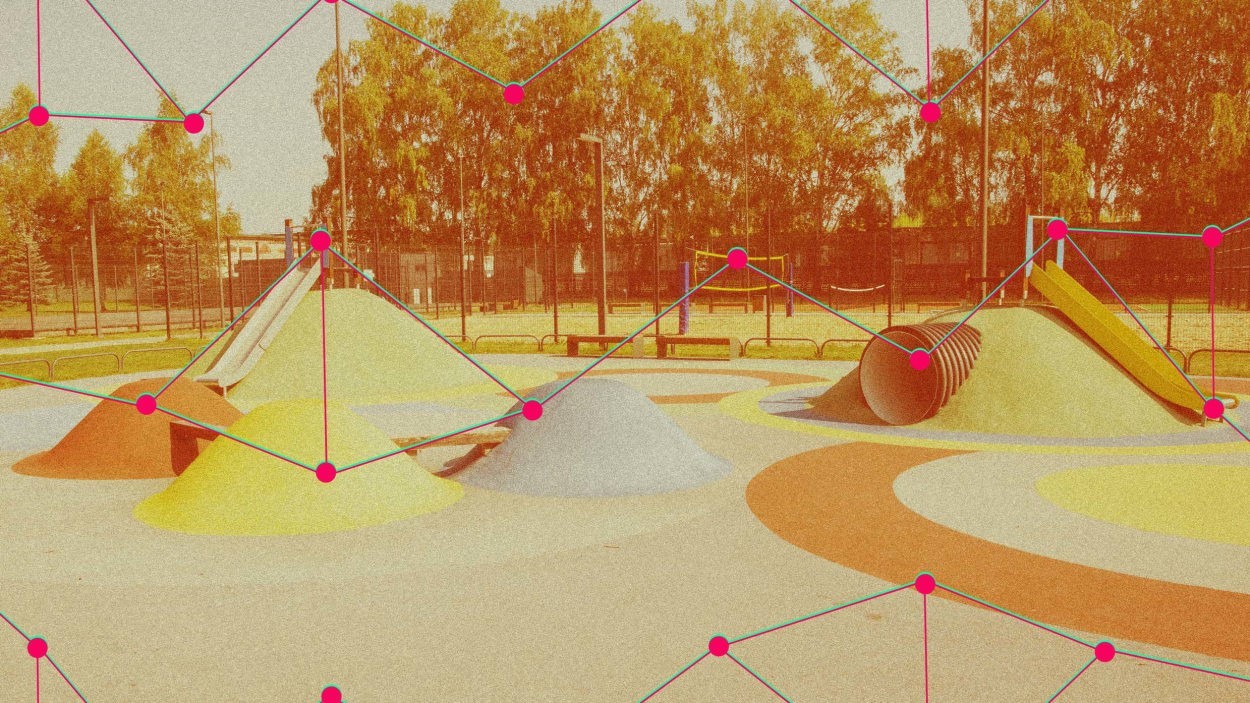This is how AI can help find missing children
When a child goes missing in the United States, the National Center for Missing & Exploited Children (NCMEC) is often among the first to hear about it. Established following an act of Congress in 1984, the nonprofit helps to raise public awareness around a child who’s disappeared, with the goal of bringing them home to their loved ones.
It’s an arduous, painstaking, and emotionally straining job—and one that is increasingly being aided, and made more efficient, by using artificial intelligence.
NCMEC receives millions of tips a year, reporting instances of rape, abuse, and trafficking of children—around 22,000 of which involve a child going missing. NCMEC now puts AI to work to assist in quickly cleaning up photographs of the missing children by removing backgrounds, changing clothes, or airbrushing out other, unaffected children. But it’s once a child has been found and reunited with their family that the process of identifying and prosecuting the person responsible for their abuse or absence begins—and that’s where AI really comes into its own.
Building a case against a child abductor or abuser often involves vast volumes of evidence, all of which needs to be sifted through to find the relevant information to present at trial. “We used to have to do discovery on a case,” says Gavin Portnoy, vice president of strategic advancement and partnerships at NCMEC. “The legal side of the shop would spend hours upon hours going through emails, attached documents—basic, background analytical things that go to the case.”
Previously, that process required staff to pore through documents to find leads—a laborious process that would take many hours of work. But now, NCMEC utilizes an AI tool called Logikcull, from tech company Reveal, that deploys machine learning to look through the huge volumes of information and pinpoint content that could be helpful in building a case. “The legal team then gets to spend more time on actually helping families and kids,” says Portnoy.
The time saving is important for an organization like NCMEC, which has only an eight-person legal team and a four-person imaging and communications team. Last year, NCMEC had 32 million reports into its cyber tip line, each one of which could theoretically have been a case that a legal team needed to analyze. (That’s up from 8 million reports in 2014.) “To have AI, and in this case this specific tool, to help us cut through that noise, we’re able to use our limited resources to better help those kids,” Portnoy says.
According to Reveal founder and CEO Wendell Jisa, Logikcull has saved NCMEC more than 4,000 hours of time sifting through documents. “Any predator who has been prosecuted and sentenced due to NCMEC receiving a tip in the past few years has likely had their case flow through Reveal’s Logikcull product,” Jisa says.
One of the biggest challenges NCMEC struggles with when building a case against an alleged predator or kidnapper is scale. “The duplication piece is epic,” says Portnoy. Every email NCMEC gathers in its investigations, plus replies, forwarding, and attachments, used to be a record in the NCMEC system when building a case. “You can imagine, we have some cases with one image and some cases with hundreds,” he says. “This used to be a completely manual process for us. That’s where we’re seeing the time savings, where we’re able to allocate more resources toward casework.”
For Portnoy, the use of AI in NCMEC’s work serves as a counterpoint to some of the broader fears around the tech. “It’s really easy for us to look at the negatives of what AI is doing in the world of child sexual abuse material and child protection,” he says. But in this instance, “It excites us to see how we can use this, to use our limited resources to better help protect children.”
(11)



